
Hyundai i10 Hatchback (2014-2020) boot space, practicality and safety
.jpg)
In Euro NCAP crash testing Hyundai i10 safety levels have achieved a four-star rating. It scored 79 percent for adult occupant protection and 80 percent for child occupant protection. Euro NCAP’s comments were largely positive but the car was criticised for the rear door becoming unlatched in a side impact test and it was suggested that the rear head restraints provided marginal protection. Rival Volkswagen Up family models were awarded five stars by Euro NCAP when tested in 2011, scoring 89 percent for adult occupant protection and 80 percent for child occupant protection.
All versions have standard day running lights, which are LEDs on the flagship Premium specification. Those range-topping i10s also feature LED indicators in the door mirrors for increased noticeability.
The latest i10 is considerably stronger than before with almost a third of its construction made of high-tensile steel, with reinforcing panels at various points of the body.
Additionally, anti-lock brakes (ABS), electronic stability control (ESC) and tyre pressure monitors (TPMS) are standard, as are six airbags.
Highly visible seatbelt reminders for all seats remind everyone to belt-up and the doors automatically lock as the i10 is driven off.
By growing from being one of the smallest in the city car class to the largest, Hyundai i10 practicality is significant selling point.
All i10s are five-door hatchbacks and unlike many key rivals, the rear windows wind down. Each door has a pocket to take a large bottle too. The rear bench seats three, apart from the thrifty BlueDrive version that has no centre seatbelt.
At 3,665mm the i10’s 80mm longer than the old model and 65mm wider at 1,660mm. By increasing the wheelbase by 5mm to 2,385mm and moving the gearbox 25mm further forward more interior space has been liberated, making it feel exceptionally spacious.
Open the 920mm wide tailgate to reveal the biggest boot in the class at 252 litres with the 60:40 split rear seats upright, bigger than both the VW up! (by one litre) and Fiat Panda (27 litres smaller). Tumble the seats forward and the 1,046-litre volume remains the largest in this segment.
Compared to the previous i10, the new model has a re-angled windscreen and slimmer pillars all-round to improve visibility, though it’s worth noting the rear pillars are thicker than they look outside as the two black panels are solid plastic and not windows as they initially appear.
Euro NCAP rating
| What is Euro NCAP? ⓘ | |
|---|---|
| Adult Occupant: | 79% |
| Child Occupant: | 80% |
| Vulnerable Road User: | 71% |
| Safety Assist: | 56% |
Equipment and options
- ABS
- Body coloured bumpers
- Cloth seat trim
- Driver`s airbag
- Front electric windows
- Isofix child seat anchor points
- PAS
- Passenger`s airbag
- Side airbags
- Steering wheel rake adjustment
- 3x3 point rear seat belts
- Air conditioning
- Alarm
- CD
- Cruise control
- Electric mirrors
- Front fog lights
- Heated mirrors
- Height adjustable drivers seat
- Rear electric windows
- Remote locking
- Space saver spare wheel
- Steel wheels
- Audio remote
- Climate control
- Parking sensors
- Steering wheel reach adjustment
- Traction control
- 3x3 point rear seat belts
- Air conditioning
- Alarm
- Audio remote
- CD
- Cruise control
- Electric mirrors
- Heated mirrors
- Height adjustable drivers seat
- Rear electric windows
- Remote locking
- Sat Nav
- Space saver spare wheel
- Traction control
- Climate control
- Parking sensors
- Steel wheels
- Steering wheel reach adjustment
- 3x3 point rear seat belts
- Air conditioning
- Alarm
- Audio remote
- Cruise control
- Electric mirrors
- Heated mirrors
- Height adjustable drivers seat
- Rear electric windows
- Remote locking
- Sat Nav
- Space saver spare wheel
- Traction control
- CD
- Climate control
- Parking sensors
- Steel wheels
- Steering wheel reach adjustment
- 3x3 point rear seat belts
- Alarm
- Audio remote
- CD
- Electric mirrors
- Front fog lights
- Heated mirrors
- Height adjustable drivers seat
- Rear electric windows
- Remote locking
- Space saver spare wheel
- Air conditioning
- Climate control
- Cruise control
- Parking sensors
- Steering wheel reach adjustment
- Traction control
- 3x3 point rear seat belts
- Alarm
- Audio remote
- CD
- Climate control
- Electric mirrors
- Electric sunroof
- Front fog lights
- Heated mirrors
- Heated seats
- Height adjustable drivers seat
- Parking sensors
- Rear electric windows
- Remote locking
- Space saver spare wheel
- Cruise control
- Sat Nav
- Traction control
- 3x3 point rear seat belts
- CD
- Steel wheels
- Central locking
- Remote locking
- Steering wheel reach adjustment
- Traction control
- 3x3 point rear seat belts
- Air conditioning
- CD
- Central locking
- Steel wheels
- Steering wheel reach adjustment
- Alarm
- CD
- Electric mirrors
- Heated mirrors
- Height adjustable drivers seat
- Rear electric windows
- Remote locking
- Steel wheels
- 3x3 point rear seat belts
- Air conditioning
- Audio remote
- Climate control
- Cruise control
- Parking sensors
- Space saver spare wheel
- Steering wheel reach adjustment
- Traction control
Dimensions
| Length | 3665mm |
|---|---|
| Width | 1660mm - 1943mm |
| Height | 1500mm |


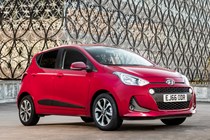
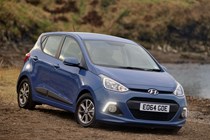
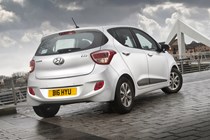
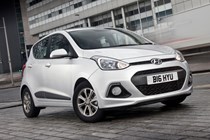
.jpg)
.jpg)
.jpg)
.jpg)
.jpg)
.jpg)
.jpg)
.jpg)
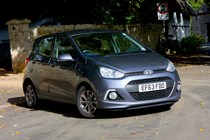
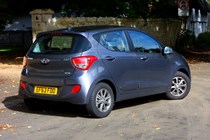
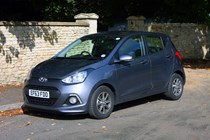
.jpg)
.jpg)
.jpg)
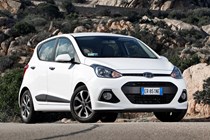
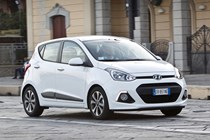
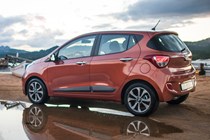
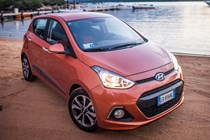
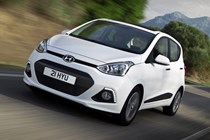
.jpg)
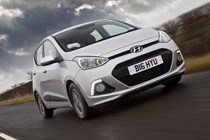
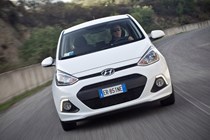
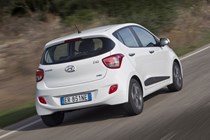
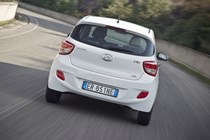
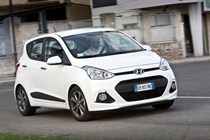
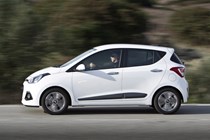

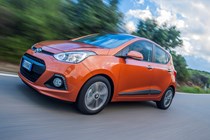
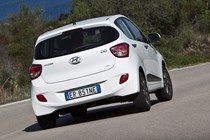
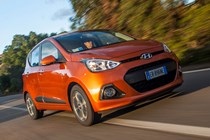
.jpg)
.jpg)
.jpg)
.jpg)
.jpg)
.jpg)
.jpg)
.jpg)
.jpg)
.jpg)
.jpg)
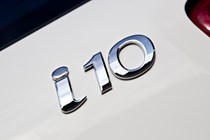
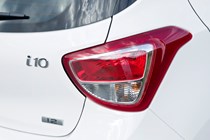
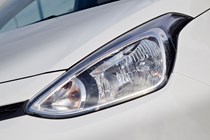
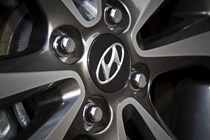
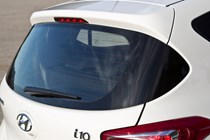
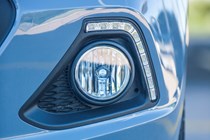
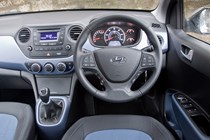
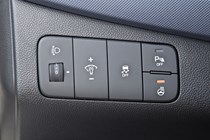
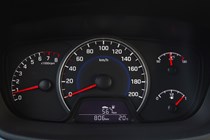


.jpg)
.jpg)
.jpg)
.jpg)
.jpg)
.jpg)
.jpg)
.jpg)
.jpg)
.jpg)
.jpg)
.jpg)
.jpg)
.jpg)
.jpg)
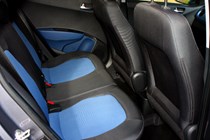
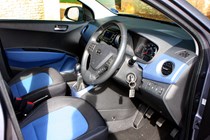
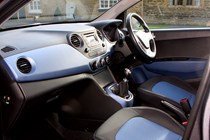
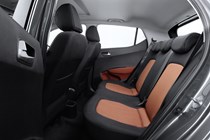
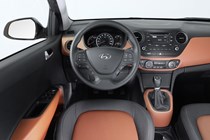
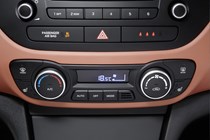
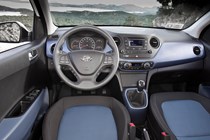
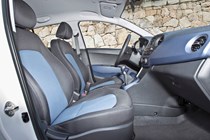
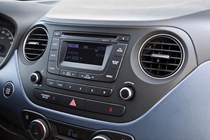
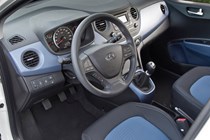
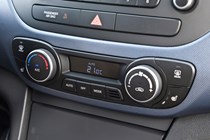
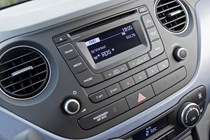
.jpg)
.jpg)
.jpg)
.jpg)
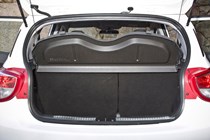
.jpg)
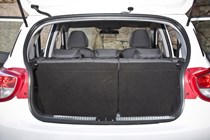
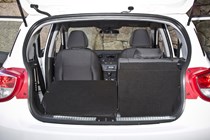
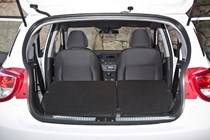
.jpg)
.jpg)
.jpg)
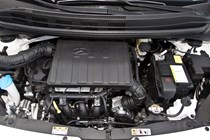
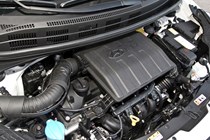





.jpg?quality=50)
.jpg?quality=50)
.jpg?quality=50)
.jpg?quality=50)
.jpg?quality=50)
.jpg?quality=50)
.jpg?quality=50)
.jpg?quality=50)



.jpg?quality=50)
.jpg?quality=50)
.jpg?quality=50)





.jpg?quality=50)










.jpg?quality=50)
.jpg?quality=50)
.jpg?quality=50)
.jpg?quality=50)
.jpg?quality=50)
.jpg?quality=50)
.jpg?quality=50)
.jpg?quality=50)
.jpg?quality=50)
.jpg?quality=50)
.jpg?quality=50)











.jpg?quality=50)
.jpg?quality=50)
.jpg?quality=50)
.jpg?quality=50)
.jpg?quality=50)
.jpg?quality=50)
.jpg?quality=50)
.jpg?quality=50)
.jpg?quality=50)
.jpg?quality=50)
.jpg?quality=50)
.jpg?quality=50)
.jpg?quality=50)
.jpg?quality=50)
.jpg?quality=50)












.jpg?quality=50)
.jpg?quality=50)
.jpg?quality=50)
.jpg?quality=50)

.jpg?quality=50)



.jpg?quality=50)
.jpg?quality=50)
.jpg?quality=50)

